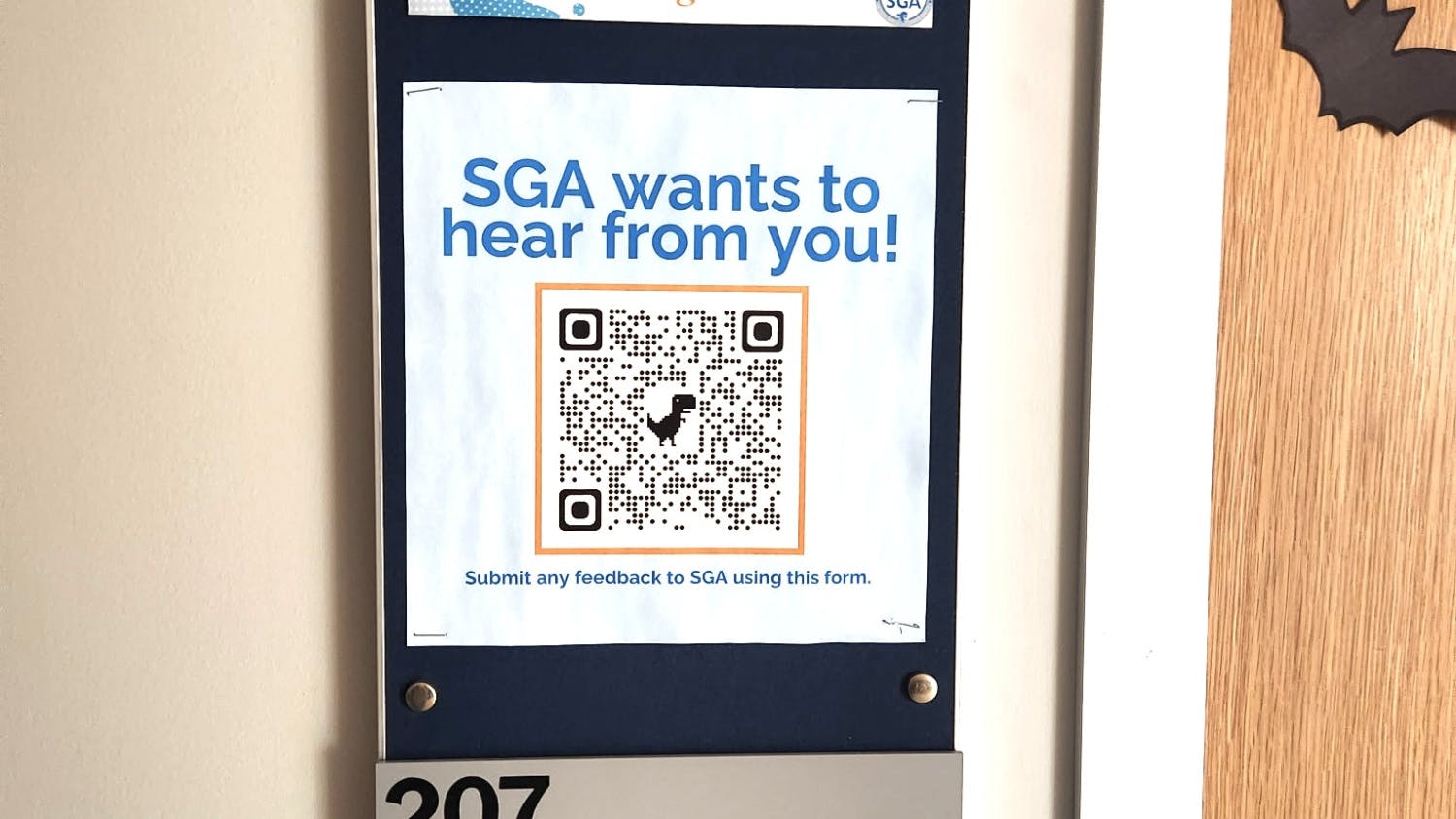Visual and Sound Media professor William Pace finished writing his first textbook, “The Filmmaker’s Guide to Creatively Embracing Limitations,” which was published in 2023.
Pace, who is also the faculty associate of Digital Media Production, co-wrote the book with Ingrid Stobbe, a former term professor of Visual and Sound Media at Seton Hall who now teaches at Lesley University in Boston.
Pace said he created this textbook to help students realize they do not need fancy equipment to become good film creators.
“The idea for the book was inspiring people to not look at things they don’t have, but to be creative in a unique way,” he said. “The original ‘Evil Dead’ movies were made by a guy named Sam Raimi and he didn’t have a steady cam, so he nailed his camera to a 2x10 board, and this created something called ‘shaky cam.’”
He said that his biggest challenge when writing his textbook was “sitting down and doing it.”
“I was worse than most of my students, but we had deadlines,” he said, adding that writing is always hard for people, no matter how many times one does it.
Pace mentioned that it is important to “have a routine, and force yourself to do it.” He said the best advice he could give is to tell yourself that once you sit down, you need to start writing, to fight procrastination.
“It’s like playing guitar,” he explained, “You need to practice scales and fingering on the fretboard in order to get better.”
Another piece of advice Pace had is “don’t be afraid to write crap.” He said as writers we all write great at times but other times we write horribly, but we can’t let that stop the flow of writing.
“I mostly write screenplays and there have been times I am writing a scene, and it feels like I am crawling through glass,” Pace said.
Pace credited his teaching career for helping him the most when writing his book. He has taught at Seton Hall since August of 2015 and at New School University in N.Y. since August of 1991.
“I really like that moment when you put something before someone and they don’t think they can do it, but you know they can,” he said, “And when they do it, there is a little spark of fire.” He added that the main concept of his book was to create said moments, giving inspiration to those with limited resources.
Pace also talked about the moments on set with students when they don’t think they can do something, but he knows they can. “I want them to have that moment of succeeding,” he explained. “When that spark comes in, that feeds into the idea of creating something cooler when you don’t have what you need.”
In reflecting on his career, he said he wishes he would have known he had to make people become aware of his creations. “Don’t be under the illusion that you will make something, and the world will be on a path to your door, the whole idea of ‘make it and they will come,’” he said. "They don’t care, you must make it and help them become aware of it.”
Pace, who has written, produced and directed his own films since 1984, is the director behind movies such as “Blades” (1989) and “All’s Fair” (1989).
Information on Pace’s book can be found at various websites and book stores such as Amazon and Barnes & Noble.
Giovanna Giancarlo submitted this article from her Writing for the Media course. She can be found at giovanna.giancarlo@student.shu.edu.





